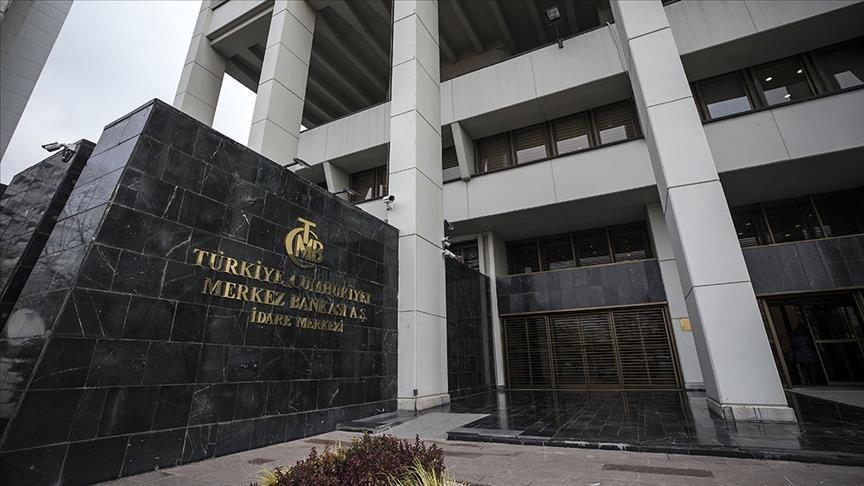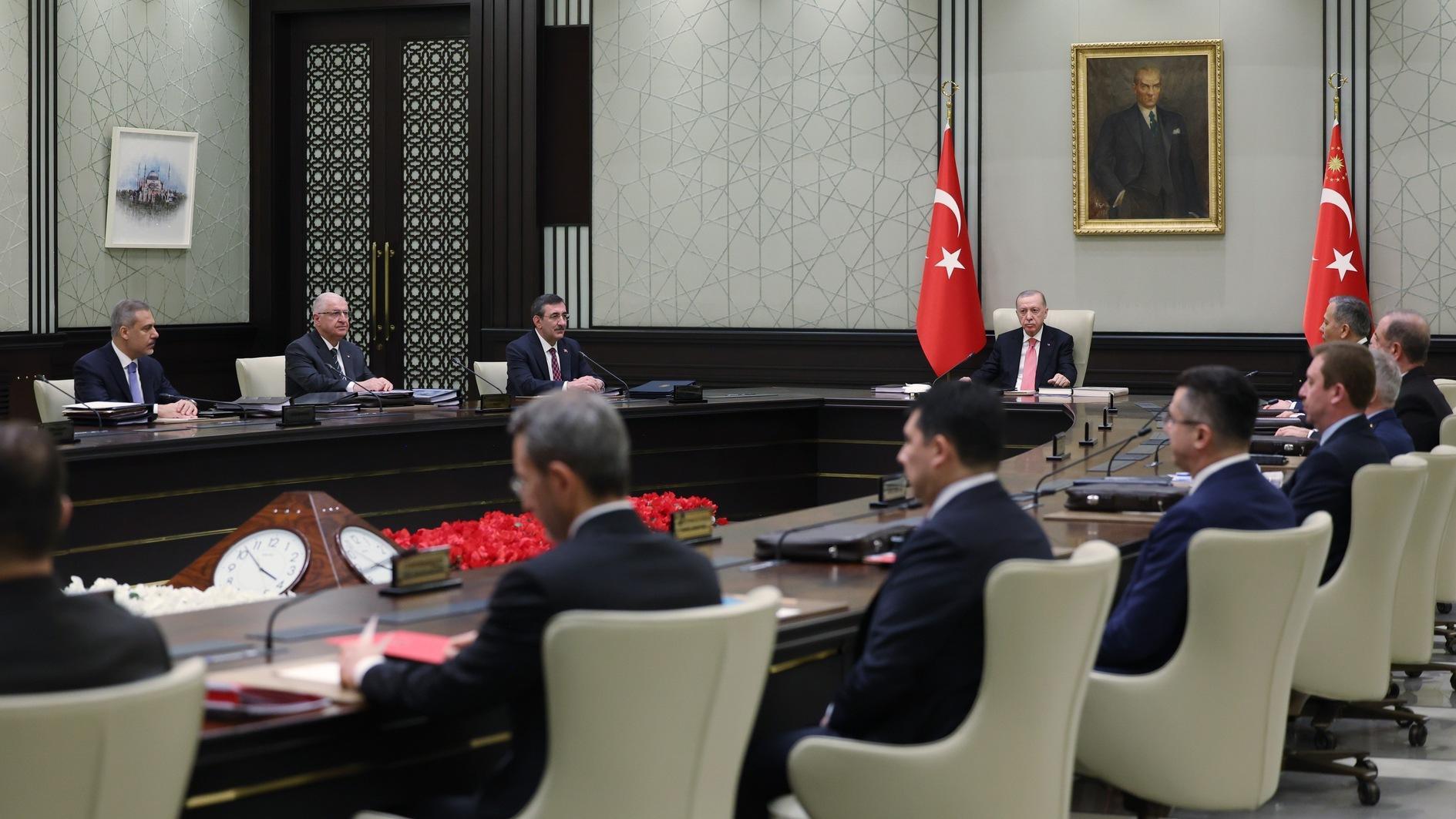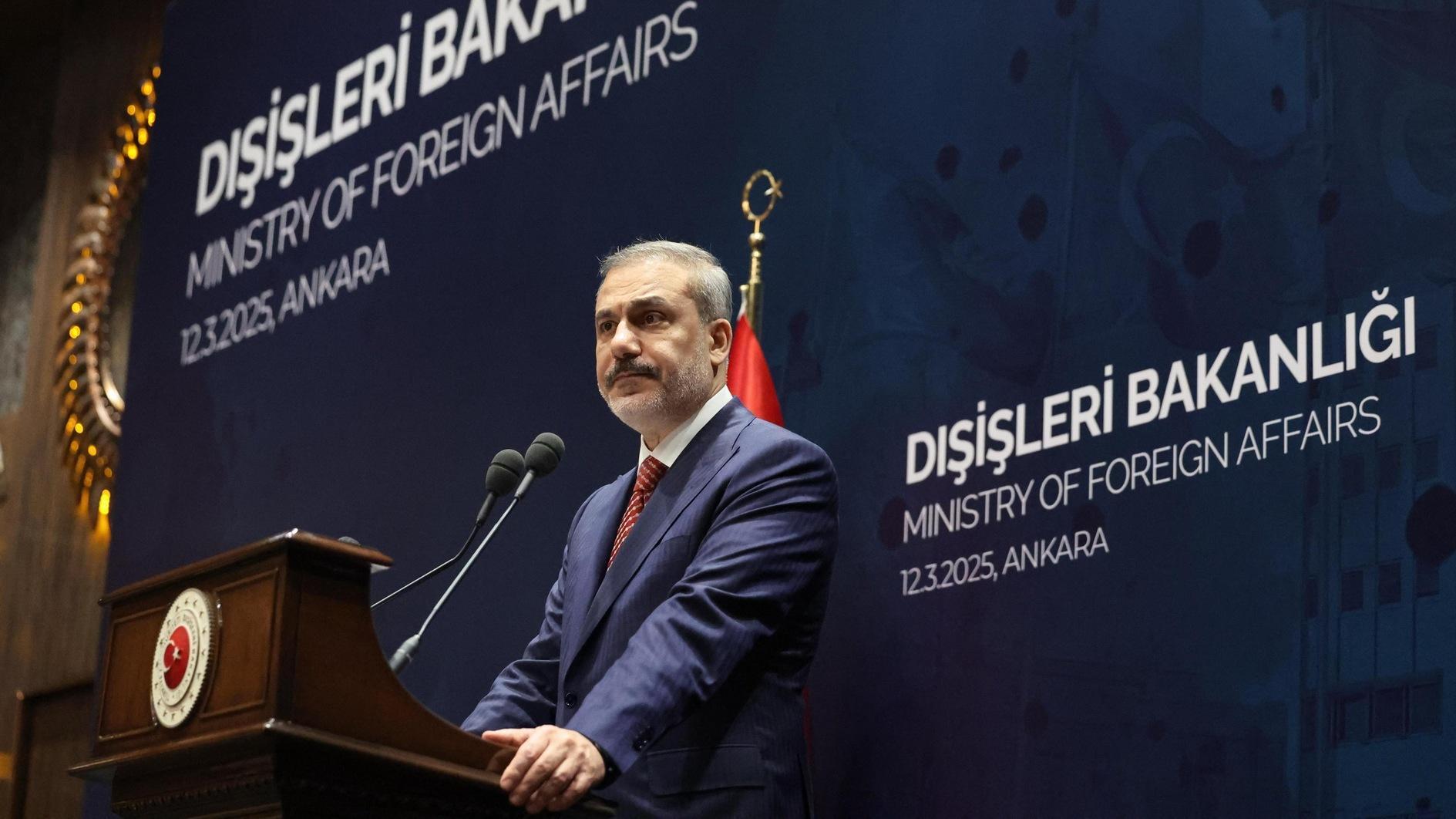Unsustainable agreement between Turkey and the EU
The negotiations between Turkey and the European Union regarding the future of refugees flocking to Europe via Turkey was finalized on March 18, with a reconfirmation of the Joint Action Plan agreed to earlier on Nov. 29, 2015. According to the plan, the two sides aim to step up their cooperation to prevent the flow of refugees to Europe, which has been plunged into a deep crisis as a result with a lack of solidarity among its members. With the arrival of approximately 1 million people in 2015 alone, EU member states have tried to tackle the related challenges through individual measures rather than a collective response.
While some, such as Hungary, Slovenia and Croatia, have chosen to close their borders, others like Germany implemented ad hoc border controls, suspended Schengen rules and tried to limit the stream of refugees fleeing their homes in war-torn countries. Amid the crisis, German Chancellor Angela Merkel, facing domestic pressure, took the leadership in trying to find a concrete and sustainable solution.
With the failure of an initial plan for the relocation of asylum seekers from Greece and Italy to other members, Merkel started the negotiation process with Turkey in October 2015 to ask for the latter’s cooperation in Europe’s biggest refugee crises since the end of World War II. Although officials from both sides have emphasized the humanitarian aspects of negotiations, the issue was inevitably linked to Turkey’s long-stalled membership process.
The final deal includes the readmission of illegal refugees by Turkey from Greece from March 20 onwards and in return an EU agreement to resettle legal refugees from Turkey, up to a total of 72,000, for every refugee readmitted to Turkey. Moreover, to improve the conditions of refugees in Turkey, thus curbing their enthusiasm to move on to Europe, the EU will allocate 3 billion euros to fund projects in the field of health, education, infrastructure, food and other living costs. The EU will also provide an additional 3 billion euros for Syrian refugees by the end of 2018 once the initial allocation is used to the full and necessary commitments are met.
In return for Turkey’s cooperation, the EU also agreed to revitalize Turkey’s accession process by opening chapter 33 on financial and budgetary provisions by the end of June and promised to accelerate preparatory work for other chapters. The EU also promised visa liberalization for Turkish citizens by the end of June, if Turkey could meet 72 benchmarks by the end of April.
While the deal is a significant step in a relationship frozen for years, it is marred by several loopholes and several undiscussed issues that could potentially lead it into a dead end. As such, even before the ink had dried on the deal, the challenges in terms of unwillingness of the member states to resettle refugees coming from the so-called “one in, one out” system (as seen during the previous relocation attempt), the willingness of Greek Cyprus to use its veto card to stall Turkey’s accession process until its own problems with Turkey are dealt with, the difficulties related to the shortness of time for Turkey to fulfill all the requirements for a possible visa-free regime and the legal and ethical aspects of the deal have crowded the agenda of the pundits on both sides.
It is clear that the unwillingness of the European leadership to see Turkey as an EU member has not changed, and the willingness of Turkey to adapt to the European ways is still rather weak. The deal reached under such conditions is rather difficult to implement and marred with several ethical concerns. Yet, this was the only possible outcome, and sometimes one has to see the impossible before start working on possible.











